Top 10 Fastest Trains in the World 2025
By ICON TEAM | Published on Apr 22, 2025
List Of Top 10 Fastest Trains in the World 2025:
By providing quick, effective, and environmentally friendly substitutes for air and road travel, high-speed rail technology has revolutionized international transportation. In 2025, trains are still pushing the limits of engineering and speed, linking nations and towns with never-before-seen efficiency. The list of the top 10 fastest trains in the world, arranged by operating and record speeds, highlights their technological innovations and influence on contemporary transport. These trains range from magnetic levitation marvels to traditional bullet trains.
1. Shanghai Maglev Train:
In 2025, the Shanghai Maglev Train is also called the Shanghai Transrapid will be the fastest commercial train in the world. This magnetic levitation (maglev) train, which operates in Shanghai, China, levitates above the track using electromagnetic force to remove friction and achieve incredible speeds. In under 7-8 minutes, it can travel the 30 km (19 miles) between Shanghai Pudong International Airport and Longyang Road Station at its top operating speed of 460 km/h (286 mph) and its record test speed of 501 km/h (311 mph). The train, which started commercial operations in 2004 and is still considered the pinnacle of maglev technology, was created by a joint venture between Siemens and ThyssenKrupp. Although its expensive ticket price reflects its premium status, its sleek appearance, silent operation, and minimum vibrations provide passengers with a pleasant and modern travel experience. The Shanghai Maglev sets the bar for innovative urban transportation and is a prime example of China's supremacy in high-speed rail.
2. Shinkansen H5 and E5:
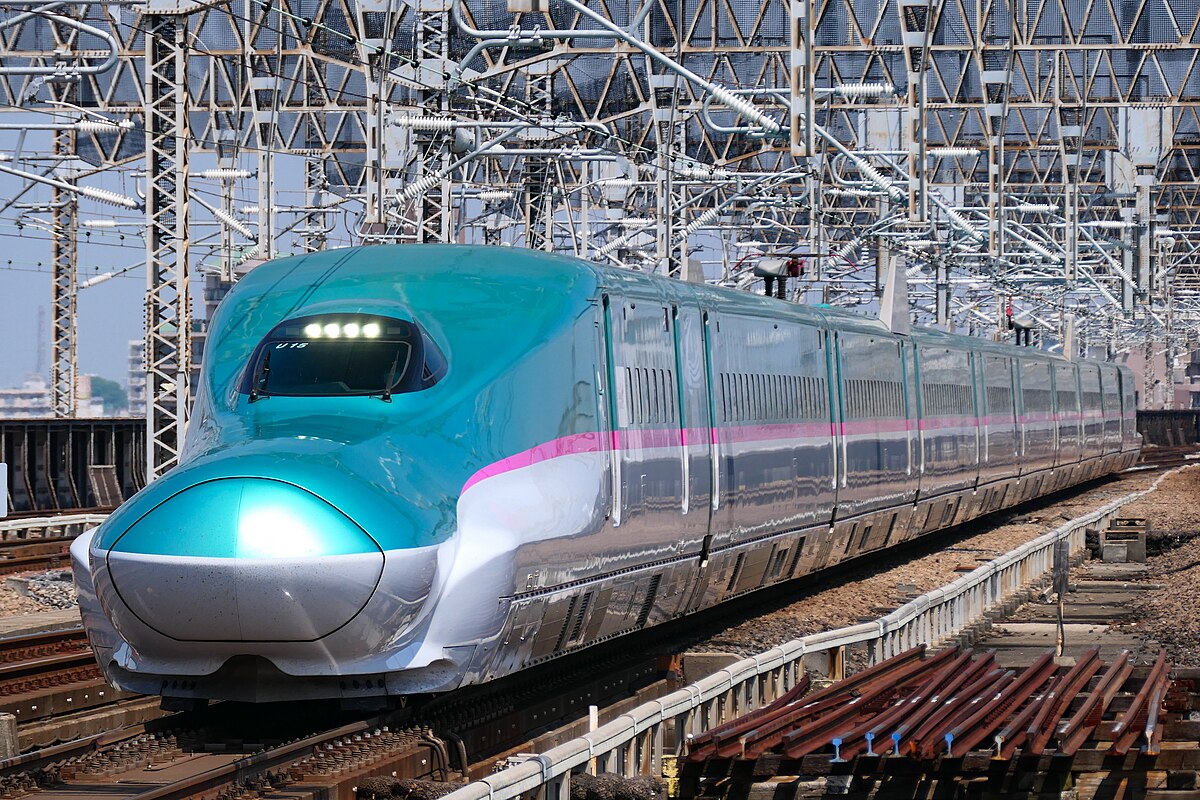
One of the most famous bullet trains in the world, the Shinkansen H5 and E5 series from Japan, run by JR East and JR Hokkaido, are known for their accuracy, security, and passenger comfort. These trains, which travel on the Tohoku and Hokkaido Shinkansen lines, can reach a test speed of 400 km/h (249 mph) and a maximum operating speed of 320 km/h (199 mph). They have sophisticated aerodynamics, including a 15-meter-long nose to cut down on noise and drag, and were first introduced in 2011 (E5) and 2016 (H5). An improved snowplow and stainless steel underframes to protect electronics in severe weather are features of the H5 series, a cold-season version of the E5. Both trains are the envy of international rail systems in terms of their punctuality and roomy, soundproof cabins. The Shinkansen H5 and E5, which connect Tokyo to northern cities like Aomori in less than three hours, are prime examples of Japan's dedication to high-speed rail excellence.
3. Deutsche Bahn ICE:
One of the mainstays of European high-speed rail is Germany's Intercity-Express (ICE), run by Deutsche Bahn and renowned for its dependability and cross-border connectivity. One of the fleet's fastest types, the ICE 3, can attain a top operational speed of 330 km/h (205 mph) and has been tested at up to 368 km/h (229 mph). The ICE, which was first introduced in 1999, links major German cities like Berlin and Munich with neighboring nations like France and the Netherlands. With features like onboard entertainment and catering, its elegant design which is based on Siemens Velaro technology prioritizes sustainability, efficiency, and passenger comfort. An essential part of Europe's transportation infrastructure, the ICE can function in a variety of weather conditions, including snow, and integrates easily into the continent's rail system.
4. Frecciarossa 1000:
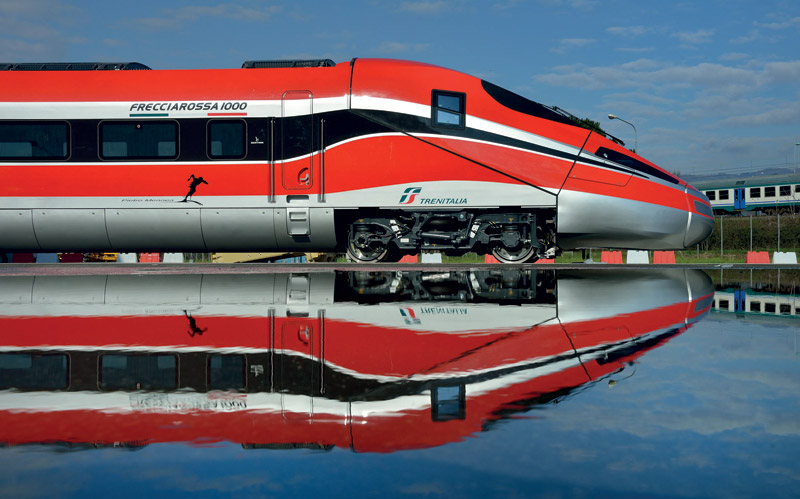
Trenitalia's Frecciarossa 1000, also known as "Red Arrow," is a representation of Italian engineering and flair. This high-speed train, which was co-developed by Alstom and Hitachi Rail Italy, can reach a maximum operating speed of 360 km/h (224 mph) and a record test speed of 394 km/h (245 mph). It was first introduced in 2015 and spans 140 miles between Rome and Naples in under one hour, connecting important cities including Milan, Rome, and Naples. With 16 strong engines spread throughout its eight-car trainset, the Frecciarossa 1000 can carry up to 485 passengers in four classes, including accessible seats. The passenger experience is improved by its eco-friendly design, which features almost all recyclable parts, and contemporary conveniences like Wi-Fi and onboard food. The train's adaptability across European high-speed networks is demonstrated by its operation in Spain under the Iryo brand.
5. SNCF TGV POS:
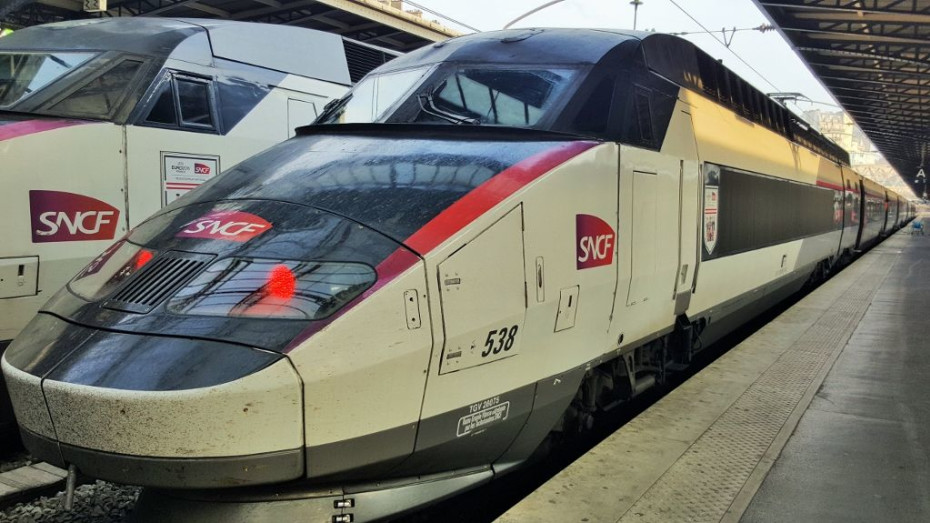
The TGV POS is a high-speed train that connects Paris with eastern France, southern Germany, and Switzerland. It is run by the French National Railway Company (SNCF). The TGV POS set a world record in 2007 when it achieved 574.8 km/h (357.2 mph) on a modified test run, with a maximum operational speed of 320 km/h (200 mph). It was first introduced in 2006 and is intended for cross-border travel, providing smooth connections throughout the high-speed rail network in Europe. With its lightweight, aerodynamic design and cutting-edge safety measures, the TGV POS guarantees a safe and easy travel experience. It is a popular option for both business and pleasure travelers because of the roomy seats, power outlets, and onboard food. The TGV POS highlights France's dedication to environmentally friendly intercity travel and its leadership in high-speed train technology.
6. Talgo 350:

Renfe operates Spain's Talgo 350, a high-speed train known as "El Pato" (The Duck) because of its unusual duckbill-shaped nose. With a test speed of 365 km/h (227 mph) and a maximum operating speed of 350 km/h (217 mph), it can travel on routes like Madrid-Valladolid and Madrid-Barcelona. The Talgo 350, created by Patentes Talgo and Bombardier, was first introduced in 2005. Its lightweight, aerodynamic shape reduces air pressure and improves stability at high speeds. Passenger comfort is guaranteed over curves and tunnels thanks to its pressurized cabins and inventive tilting mechanism. With reclining seats and contemporary conveniences, the train has four classes: Club, First, Bistro, and Coach. The Talgo 350 is a mainstay of Spain's vast high-speed rail network, which is among the longest in Europe, thanks to its effectiveness and safety measures.
7. TGV Duplex:
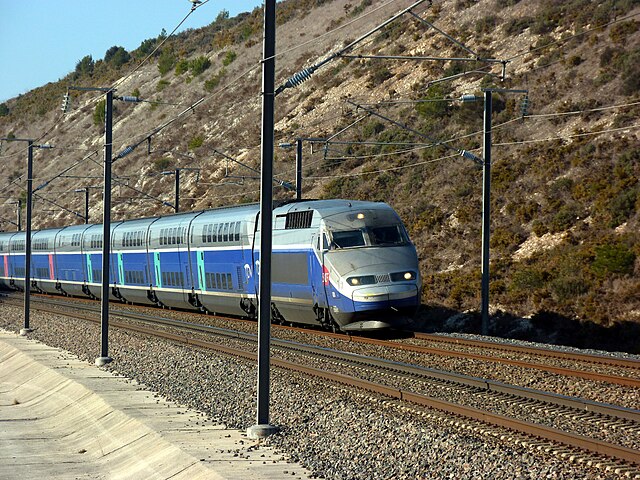
Another masterpiece from SNCF is the TGV Duplex, a double-decker high-speed train built to carry as many passengers as possible on popular routes like Paris-Marseille. It has tested at 574.8 km/h (357.2 mph), sharing the 2007 world record with the TGV POS, and has a maximum operational speed of 320 km/h (200 mph). The TGV Duplex, which debuted in 1996, is perfect for busy corridors because of its distinctive double-decker design, which can carry up to 508 passengers. In addition to features like Wi-Fi and dining options, its aerodynamic shape, sophisticated noise control, and roomy interiors make for a pleasurable trip. The train's strong safety features and energy-efficient technologies further solidify France's standing as a high-speed rail pioneer. The TGV Duplex, which provides both speed and sustainability, is still an essential part of Europe's networked rail infrastructure.
7. AGV Italo:
One of the newest high-speed trains in Europe is the AGV Italo, which is run by NTV, a private rail company in Italy. It was built by Alstom and can attain a top speed of 360 km/h (224 mph). In testing, it reached 574.8 km/h (357.2 mph), which is the same as the TGV's record. Along the Napoli-Roma-Firenze-Bologna-Milano corridor, it has linked cities such as Rome, Milan, and Naples since going into service in 2012. With motors dispersed throughout the train, the AGV Italo's distributed traction technology boosts capacity by 20% and lowers vibration, guaranteeing a peaceful, comfortable ride. The passenger experience is improved by its eco-friendly design, which uses 98% recyclable materials, and features like leather seats, Wi-Fi, and live TV. The AGV Italo is unique in European train travel because of its unique combination of speed, innovation, and sustainability.
9. CRH380A Hexie:

The CSR Qingdao Sifang-built CRH380A Hexie is one of the world's fastest conventional trains, with a test speed of 486.1 km/h (302 mph) and a maximum operating speed of 380 km/h (236 mph). It was first introduced in 2010 and greatly cuts down on travel times by operating on important routes like Wuhan-Guangzhou and Beijing-Shanghai. The lightweight aluminum alloy body and streamlined, fish-head-shaped front of the CRH380A reduce vibrations and aerodynamic resistance. Efficiency and passenger comfort are guaranteed by its high-performance traction system, regenerative braking (with 95% energy feedback), and sophisticated noise insulation. The CRH380A demonstrates China's engineering skill and its vast high-speed rail network, the largest in the world, despite issues surrounding the purported illegal use of Shinkansen technology.
10. Shinkansen (L0 Series Maglev):
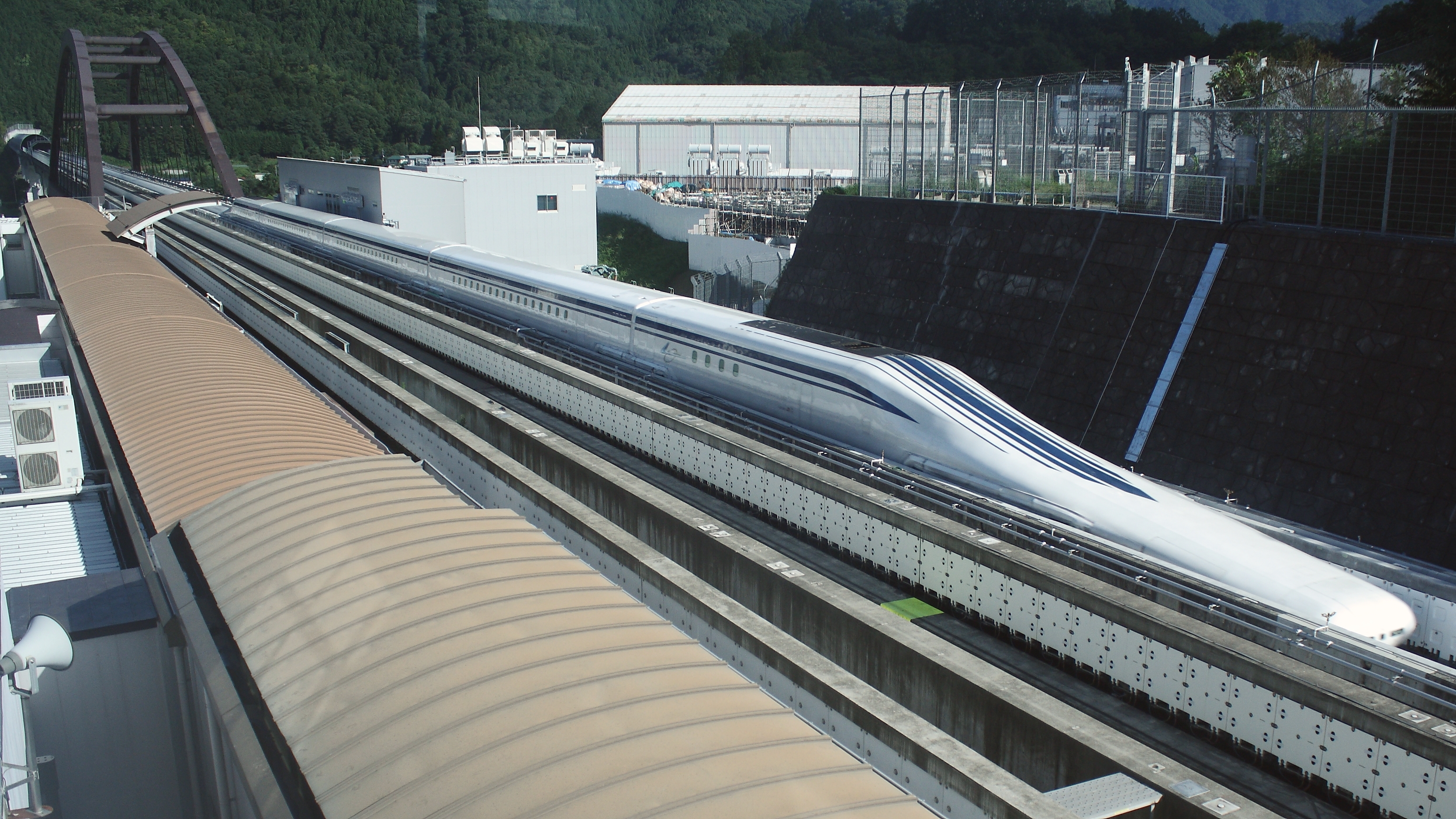
Japan's traditional bullet trains are represented by the Shinkansen H5 and E5, but JR Central's experimental L0 Series Maglev is set to revolutionize rail travel. Although it is not yet in commercial service as of 2025, it is the fastest train ever recorded with a record test speed of 603 km/h (375 mph) in 2015. The L0 Series, which was created for the Chuo Shinkansen route between Tokyo and Osaka, uses maglev technology to reduce friction by floating above the track. Because of its 49-foot-long nose, which lowers drag, it can travel 178 miles in 40 minutes from Tokyo to Nagoya. With its unmatched speed and efficiency, the L0 Series, which is expected to go into commercial service in 2027, promises to transform long-distance travel and solidify Japan's position as a pioneer in maglev innovation.
Comments 0